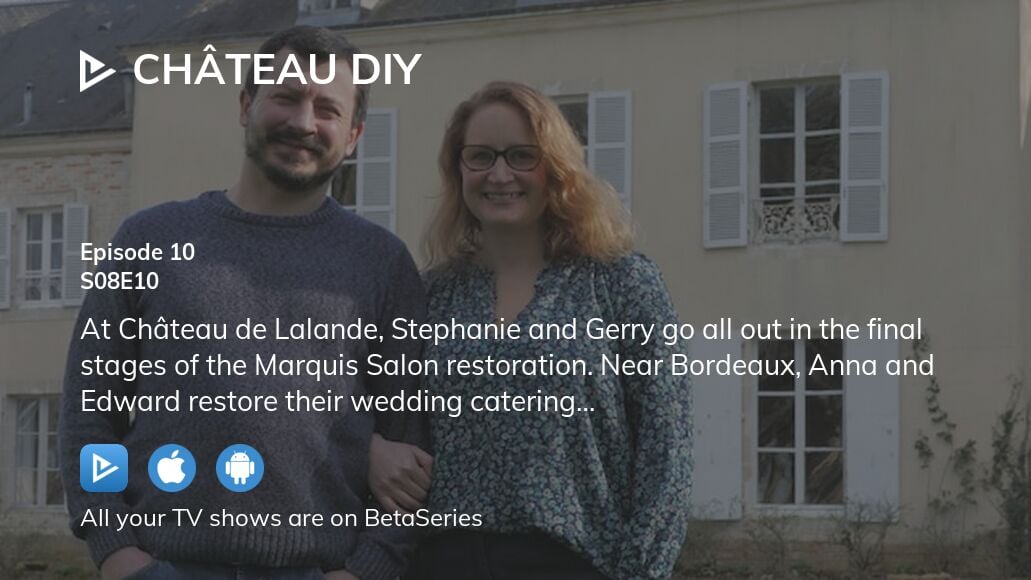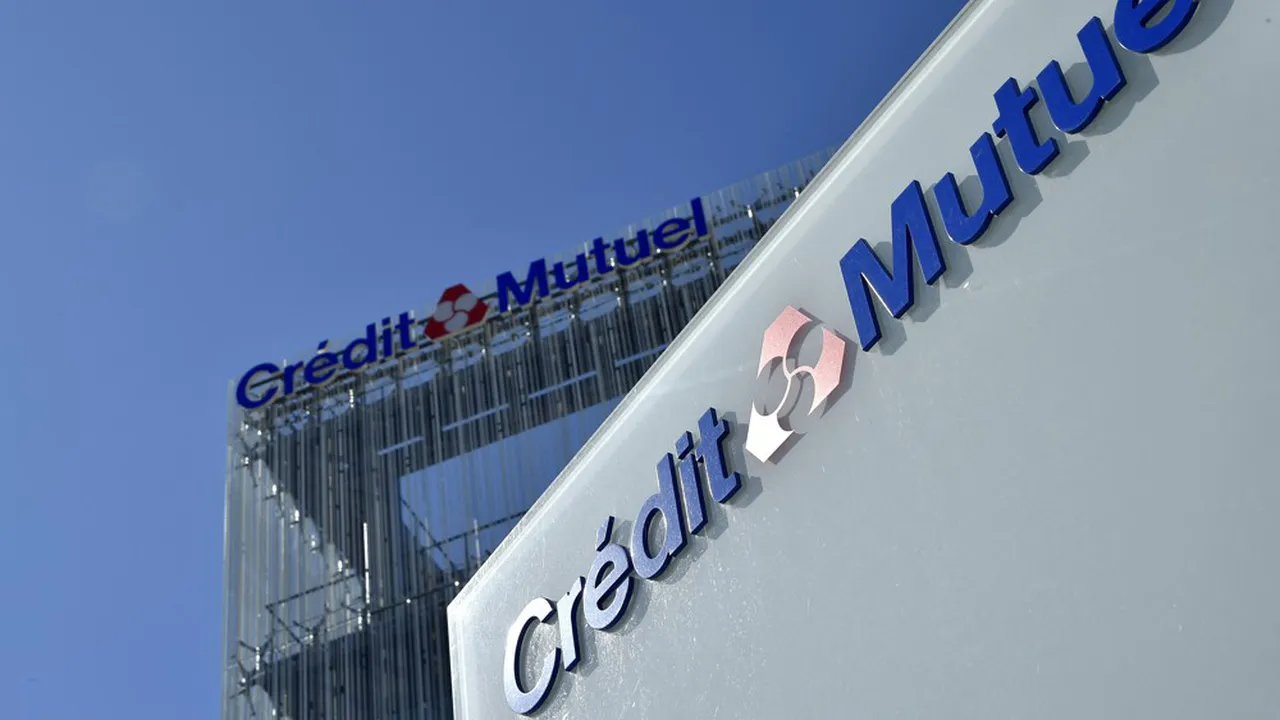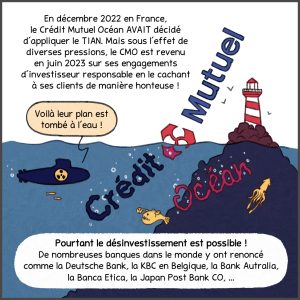DIY Chateau Restoration: A Practical Guide For Beginners

Table of Contents
Assessing the Chateau's Condition: A Thorough Inspection
Before you even think about picking up a paintbrush, a thorough inspection is paramount. This isn't a quick walk-through; it's a detailed assessment requiring careful observation and, in many cases, professional expertise.
Identifying Structural Issues (Foundation, Roof, Walls)
The structural integrity of your chateau is the foundation (pun intended!) of your restoration. Neglecting this crucial step can lead to costly and potentially dangerous problems down the line. Look for:
- Foundation settling: Cracks in walls, uneven floors, sticking doors and windows.
- Roof leaks: Water stains on ceilings, damp patches on walls, damaged shingles or tiles.
- Wall cracks: Significant cracks indicate potential structural weakness and require immediate attention.
- Damaged masonry: Deteriorating stonework, crumbling brick, and missing mortar need professional assessment and repair.
A professional structural engineer should be consulted to assess the extent of any structural damage and provide recommendations for repair. Detailed documentation, including photographs and sketches, is vital for planning the restoration.
Evaluating the Interior: Plumbing, Electrical, and HVAC Systems
The chateau's interior systems are just as important as its structure. Outdated or damaged systems pose significant safety risks and impact the overall livability of the property. Consider:
- Outdated wiring: Old electrical systems are a fire hazard and need to be updated to meet modern safety standards.
- Plumbing leaks: Leaky pipes lead to water damage, mold growth, and costly repairs.
- Inefficient heating/cooling systems: Outdated HVAC systems are expensive to run and often inefficient.
Professional inspections by qualified electricians and plumbers are crucial before commencing any work on these systems. Never attempt electrical or plumbing repairs unless you have the necessary skills and experience.
Creating a Realistic Budget and Timeline
Chateau restoration is an expensive undertaking. Failing to plan a realistic budget and timeline can lead to financial difficulties and project delays. Consider:
- Material costs: Research the cost of materials, factoring in the need for period-appropriate or reclaimed materials.
- Labor costs: If outsourcing certain tasks, factor in labor costs.
- Unexpected expenses: Always include a contingency fund to cover unforeseen problems and expenses.
Creating a detailed spreadsheet to track expenses and progress is a wise investment. Regularly review your budget and adjust as needed.
Prioritizing Restoration Tasks: A Phased Approach
Restoring a chateau is a marathon, not a sprint. A phased approach ensures efficiency and prevents overwhelming yourself.
Addressing Urgent Structural Repairs First (Roof, Foundation)
Before tackling any cosmetic work, prioritize stabilizing the structure.
- A leaking roof can cause extensive interior damage, leading to far greater expenses later.
- Foundation issues need to be addressed to prevent further structural deterioration.
- Safety is paramount; addressing structural problems ensures a safe working environment.
Ignoring these issues can lead to escalating costs and potential safety hazards.
Tackling Essential Systems: Plumbing, Electrical, and HVAC
Modernizing these systems improves safety and comfort while increasing energy efficiency.
- Updating outdated plumbing and electrical systems minimizes safety risks and improves functionality.
- Installing a modern, energy-efficient HVAC system significantly reduces running costs.
- Licensed professionals should be hired for any work on complex systems.
Planning for Cosmetic Restoration: Painting, Flooring, and Interior Design
Once the structure and essential systems are in good condition, focus on the cosmetic aspects.
- Research period-appropriate materials and techniques to preserve the chateau's historical character.
- Choose colors and finishes that complement the architectural style of the chateau.
- Seek inspiration from other restored chateaux and historical architecture.
Sourcing Materials and Tools for Your DIY Chateau Restoration
Finding the right materials and tools is crucial for a successful restoration.
Finding Reputable Suppliers of Antique and Reclaimed Materials
Authenticity is key when restoring a historical building.
- Online resources, local antique shops, and salvage yards can offer a range of period-appropriate materials.
- Networking with other restoration enthusiasts can lead to valuable sources of materials and advice.
- Prioritize materials that blend seamlessly with the existing structure, respecting the chateau's history.
Gathering Essential Tools and Equipment
You'll need a range of tools for various tasks.
- Invest in a good set of basic hand tools, and consider renting specialized equipment as needed.
- Always prioritize safety and use appropriate safety gear, such as gloves, eye protection, and dust masks.
Learning Essential DIY Skills
Don’t be afraid to learn new skills.
- Numerous online tutorials, workshops, and books provide guidance on various restoration techniques.
- Start with smaller projects to build confidence and gain experience before tackling more complex tasks.
- Seek mentorship from experienced DIY enthusiasts or professionals for advice and guidance.
Conclusion: Reap the Rewards of Your DIY Chateau Restoration
A DIY chateau restoration project requires meticulous planning, careful budgeting, and a phased approach to prioritize tasks. However, the sense of accomplishment and the pride in restoring a historical building are immeasurable. Remember to prioritize safety, seek professional help when needed, and celebrate your progress along the way. Begin your chateau restoration journey today! Research further, plan your project meticulously, and take that first step towards transforming your dream into a breathtaking reality. Embark on your chateau restoration adventure and create a home that reflects your passion and dedication. Start your DIY chateau renovation project now and experience the joy of bringing a historical masterpiece back to life!

Featured Posts
-
 Dalfsen Amber Alert Parents Arrested After Child Rescue
May 19, 2025
Dalfsen Amber Alert Parents Arrested After Child Rescue
May 19, 2025 -
 Debate Rages Over Plan To Deport Migrants To Freezing Atlantic Island
May 19, 2025
Debate Rages Over Plan To Deport Migrants To Freezing Atlantic Island
May 19, 2025 -
 Tonawanda Employee Faces Drug Charges After Allegedly Supplying Co Worker
May 19, 2025
Tonawanda Employee Faces Drug Charges After Allegedly Supplying Co Worker
May 19, 2025 -
 Uber Pet Service Now Available In Delhi And Mumbai
May 19, 2025
Uber Pet Service Now Available In Delhi And Mumbai
May 19, 2025 -
 Breeze Airways Announces Two New Routes
May 19, 2025
Breeze Airways Announces Two New Routes
May 19, 2025
Latest Posts
-
 Impact Geopolitique Sur L Environnement Maritime Selon Credit Mutuel Am
May 19, 2025
Impact Geopolitique Sur L Environnement Maritime Selon Credit Mutuel Am
May 19, 2025 -
 Higher Education Faces Cuts Universities File Lawsuit Against Senate
May 19, 2025
Higher Education Faces Cuts Universities File Lawsuit Against Senate
May 19, 2025 -
 Les Pressions Environnementales Maritimes Sous Tension Geopolitique Credit Mutuel Am
May 19, 2025
Les Pressions Environnementales Maritimes Sous Tension Geopolitique Credit Mutuel Am
May 19, 2025 -
 Spring Budget Public Opinion Reveals Deep Seated Concerns Over Governments Economic Strategy
May 19, 2025
Spring Budget Public Opinion Reveals Deep Seated Concerns Over Governments Economic Strategy
May 19, 2025 -
 Geopolitique Et Environnement Marin Analyse Par Credit Mutuel Am
May 19, 2025
Geopolitique Et Environnement Marin Analyse Par Credit Mutuel Am
May 19, 2025
